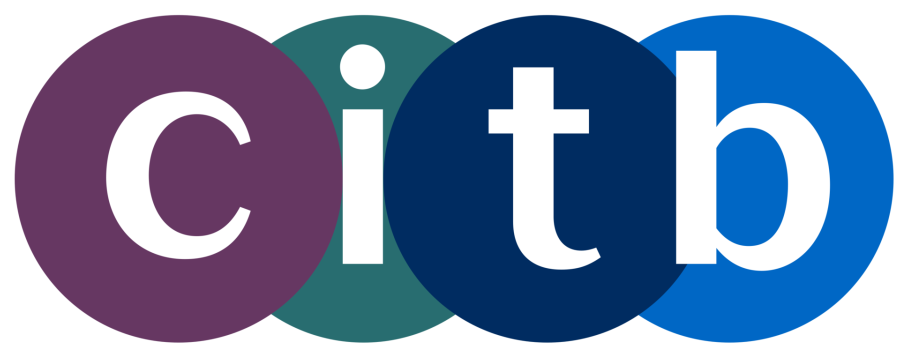Utility Excavations CAT 1 (EUSR) - Face-to-Face
The course fully covers the theory behind current legislation as well as best practice while using a CAT and Genny. It also includes a practical element which gives delegates first-hand experience of using locators to detect and trace the route of buried underground services.
Description
When carrying out any excavation work, it is essential for the health and safety of both your employees and the public that any underground services are effectively located and avoided.
Quinn’s Training Services have created this bespoke, EUSR approved Endorsed Training course to provide operatives with the knowledge needed to operate a Cable Avoidance Tool (CAT) and a Signal Generator (GENNY) safely and correctly. As it is approved by EUSR, this qualification can be added to the candidate's EUSR Card.
The course fully covers the theory behind current legislation as well as best practice while using CAT and GENNYS. It also includes a practical element which gives delegates first-hand experience of using the actual locators to detect and trace the route of buried underground services.
Learning Outcomes
The Cable Installation & Winch Appreciation course consists of the following areas:
-
Describe CAT4 and Genny4
-
Understand HSE Guidelines
-
Describe the importance of using a CAT & Genny
-
Understand the location services
Aims & Objectives
On completion of this course, delegates will be able to:
-
Understand key features of the equipment, including service warnings, CALsafe, Swing and dynamic overload features
-
Outline when and where to use a CAT and Genny, as well as their benefits and limitations
-
Outline the key points of the HSG47 Avoiding Danger from Underground Services
-
Outline the four basic elements of a Safe System of Work
-
Understand how to read utility plans
-
Describe the results of cable strikes and their implications on workers
-
Understand what cable locators find
-
Understand how to read signal detection and its practical implications
-
Actively apply the transmitter signal
-
Describe different modes
-
Describe problems that may occur with location services
Mode for Delivery
The course is delivered by one of our fully qualified tutors, who use a variety of theoretical and practical input, including group exercises, discussions, interactive powerpoint and practical demonstrations.
Examination: each candidate will complete a short, written exam at the end of the course, as well as a practical assessment where they must demonstrate skills learned on the course
Benefits Perceived by Participants
-
All trainers who provide this course have appropriate experience and training qualifications, allowing them to explain the course content clearly and answer candidates’ questions knowledgably.
-
This training course is fully interactive and specifically designed to cater for differing learning styles which means candidates are constantly fully engaged with the course content.
-
The practical demonstrations and exercises in this course give the candidates the opportunity to attempt the procedures in a supportive environment. This leads to greater confidence when required to use these skills in their own workplace.
Intended For
This qualification is essential for any individual, at any level of the company, who is involved in cable location.
Prerequisites
There are no pre-course requirements for this course
Onsite Delivery Requirements
A classroom environment with a table and chair for each delegate, power, a clear wall or screen for presenting and suitable welfare facilities. This course also requires a suitable amount of space needed to carry out practical demonstrations and assessments.
CITB
This course is eligible for a grant through the CITB Levy Scheme. For more information, click here https://quinnstraining.co.uk/citb-levy-scheme/
